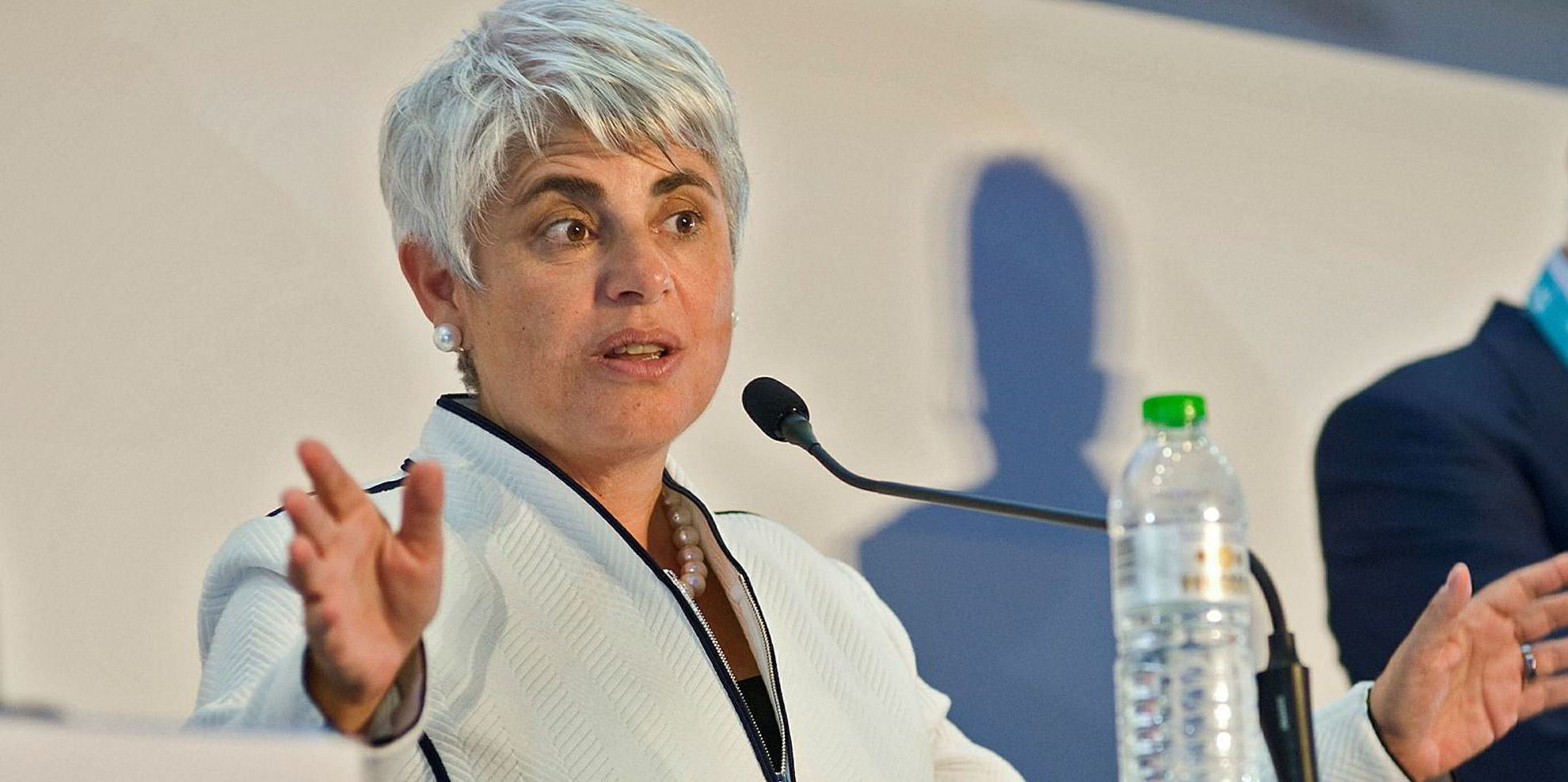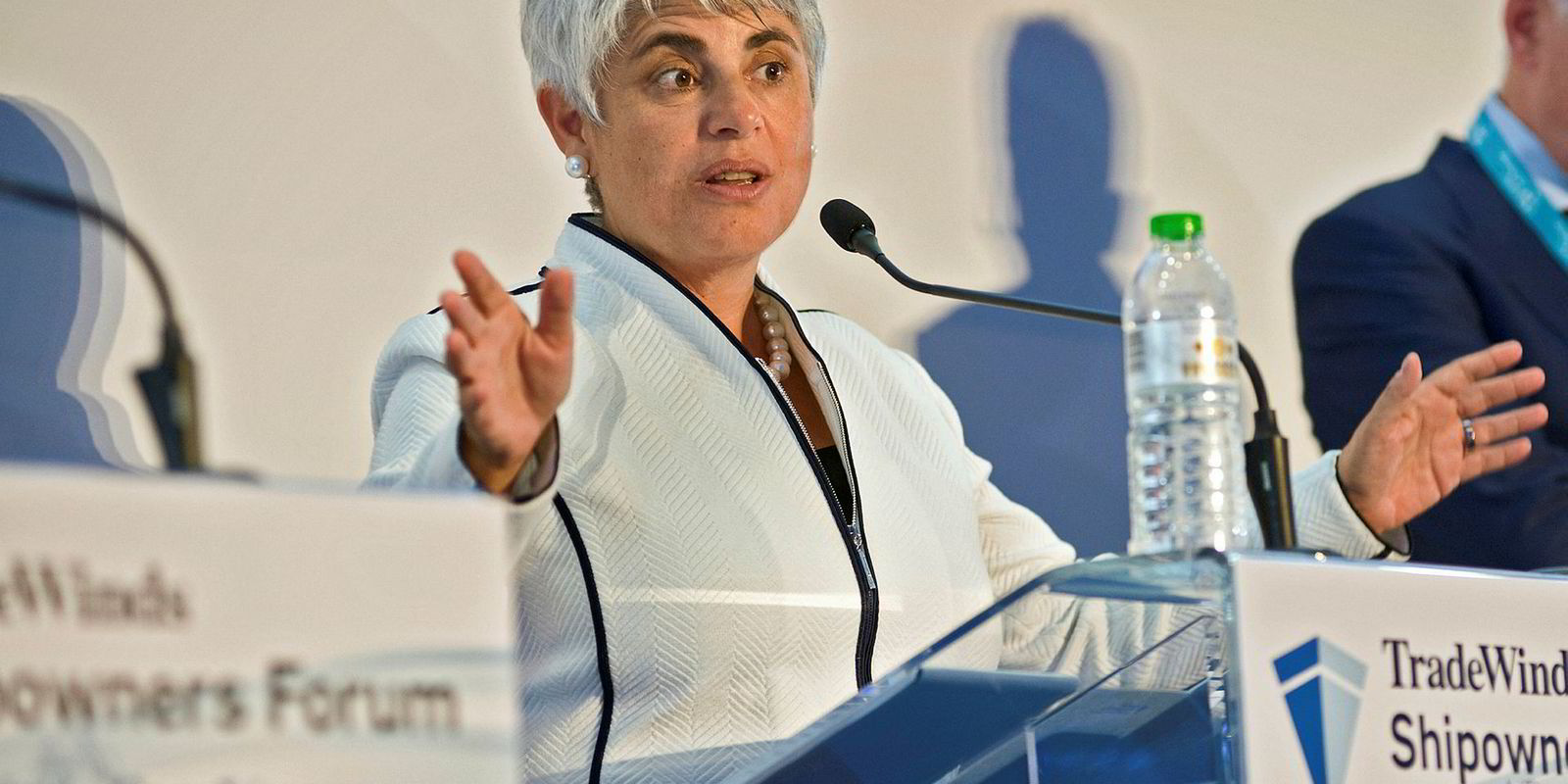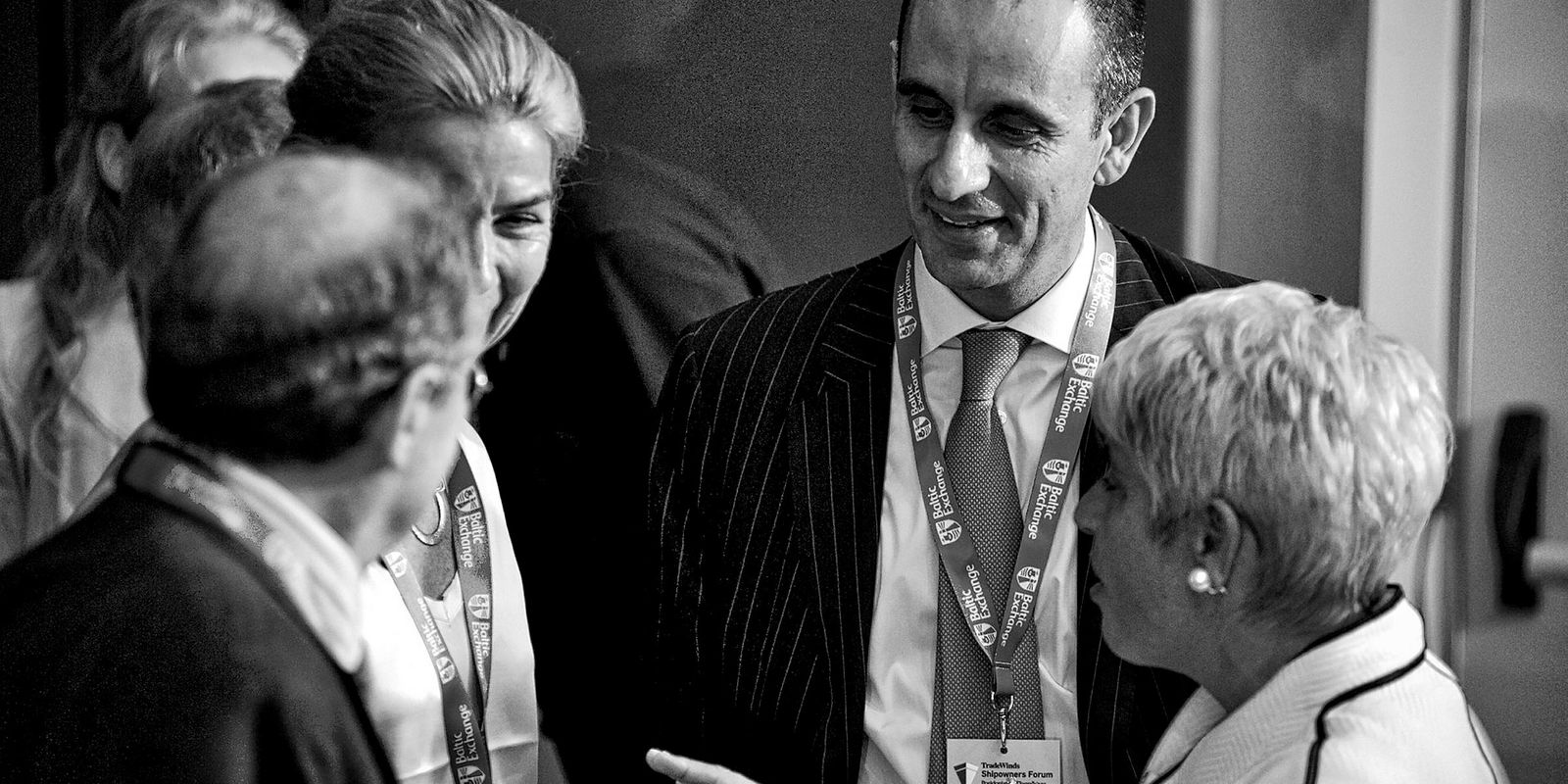Japan’s Imabari Shipbuilding has won an order for a total of four 310,000-dwt VLCC newbuildings from Greek shipowner Navios.
The deal represents the first time Imabari has won an order for a VLCC newbuilding from a non-Japanese client.
In June TradeWinds reported Navios Maritime Group, headed by Angeliki Frangou, had signed a letter of intent for two VLCCs at the yard. The deal now appears larger than originally thought.
Current VLCC newbuilding prices are around $92.5m per tanker, valuing the four ship deal at $370m in total.
In its statement Imabari did not comment on the price at a time the cost of new VLCCs has climbed by 2.6% in the past three months.
The Navios VLCC newbuildings come with some added specifications which could push the price up.
Imabari said it will equip the ships with a hybrid fin and weather adapted duct, which could improve the vessel’s operational efficiency by 18% per tonne of cargo carried.
The tankers will also be built to the International Association of Classification Societies (IACS) common structural rules and to Nox Tier III standards.
The ships will also be fitted with scrubbers to eliminate sulphur oxide emissions.
The cargo and fuel tanks will also be constructed with steel developed by Nippon Steel and Sumitomo Metal which has stronger resistance to damage in grounding and collision.
The steel notation is called hull protection by highly ductile steel and Imabari said it significantly reduces the risk of marine pollution in a casualty situation.
Further additional measures have been taken to protect the cargo tanks from corrosion.
The first vessel will be delivered in 2020.
Navios has been renewing its VLCC fleet this year with the demolition sales of some older ships.
It has also merged its two VLCC owning public vehicles, with Navios Maritime Acquisition taking over Navios Maritime Midstream partners.
It presently has 13 VLCCs with an average age of 11 years, making it one of Greece's largest owners in the sector.
The deal raises the global VLCC orderbook past 100 ships, according to Clarksons.
It ends what has been a quiet second half for VLCC newbuilding activity, in which only Hunter Group of Norway had added new capacity in the sector.
(Andy Pierce contributed to this article).





